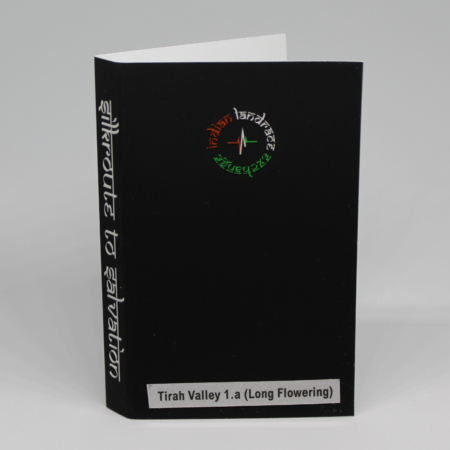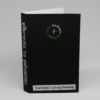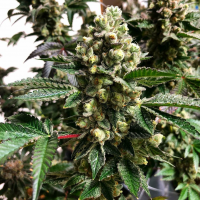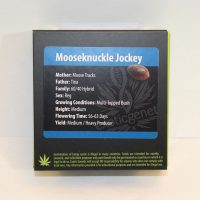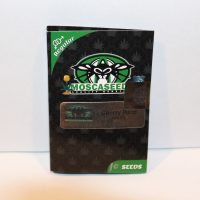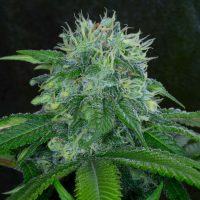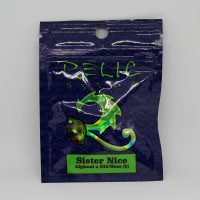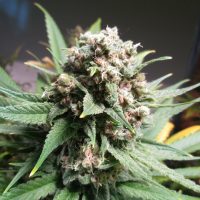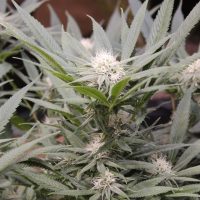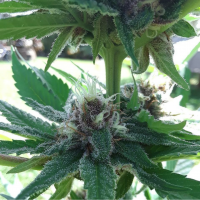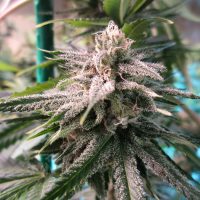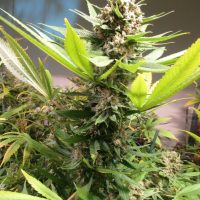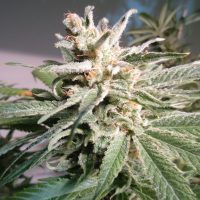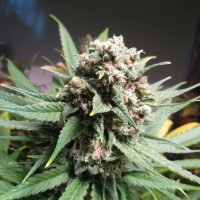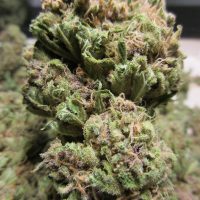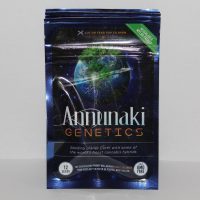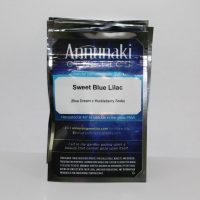Description
Pakistan long-flowering landrace variety
FARMING PRACTICES, TERROIR, CULTURE AND DOMESTICATION OF REGIONAL AND IMPORTED CANNABIS VARIETIES.
Tirah Maidan (Valley) in Khyber Agency is situated at an altitude of over 2000-2500+ meters at 32°- 33° N of Equator, just on the cusp of the
Pak-Afghan border towards the southern fringes of Hindu Kush ranges and around 150 km South, Southwest of Chitral. Tirah Valley houses almost every expression imaginable in cannabis from extremely short 2-3 ft plants to the humongous, classical highland Hash-plant, and everything in between. One of the major reasons behind the awe-inspiring variation of cannabis genotypes is the fact that almost all the
domesticated varieties were brought (imported here) either from Peshawar, Chitral, or Afghanistan. Tirah valley spans over 33-34 degrees
North which makes it a very special place in terms of the latitude positioning, as it’s generally observed and understood that beyond 33 north the cannabis genotypes seems to flower shorter and as a result, stretch less and finish with completely different morphology, also boasting a narrow population of very potent cannabis genotypes.
Regional Heirloom variety of Tirah Valley is also known as “Ilaqai Nasal” in local language.
The wide-spread culture of importing seeds among many Tirah Valley tribes from neighboring countries like Afghanistan, Iran, Uzbekistan etc, makes it imperative to segregate the plants only on the basis of morphology /expression. The aftermath of the years of amalgamation of genetics in the fields of Tirah Valley can be seen in the myriads of plant types or expressions stemming
from the domestication work of the farmer-clans. For example, the Afridi tribe mostly grows (Ilaqai Nasal or regional variety) characterized by the thin-leaved, tall plants exhibiting a feral plant, which closely resembles other Southeast Asian longer flowering
varieties, only with significantly scarce side branching and shorter flowering time; close to 12 weeks, similar to many Indian Highland Hash plant varieties growing at about 30°- 33° N to the Equator.
The telling difference in these regional Heirloom plants from Tirah Valley is the flavor and the high. Although it looks much like the Highland or Southeast Asian varieties with longer stalks, the quality of resin, it’s flavor, and the effects are distinctly different. The flavors mostly include spicy to sour with some light fuel and floral notes and hints of sweetness, but more muffled under the more common smells which run dominant among most of the populations in this variety. The uncommon profiles and soaring effects could be attributed to the years of cross-pollination and random to selective amalgamation of imported heirloom seeds and the Regional Landrace by the various families in Tirah Valley.
The Afridi’s (family) clan are one of the most influential cannabis growers in the Tirah Valley. They’re widely accredited to have brought the farmed cannabis culture to the Valley. Being the pioneers they not only hold a good name in the cannabis history books, but also own the majority and vast pieces of land in Tirah Valley, which in turn allows them to grow the (Ilaqai Nasal) regional variety of Tirah Valley instead of the crossbred varieties between Pakistani heirlooms and varieties imported from from Afghanistan, Iran etc.
There are 3 prime reasons for Afridi’s to mostly grow the regional Heirloom, which is a longer flowering and relatively lesser yielding variety as discussed earlier.
1. Afridi’s own an enormous amount of land in Tirah valley and those huge chunks of land allow them to grow surplus amounts of Cannabis compared to any other family in Tirah. They plant astronomical proportions of cannabis, dissolving any worries around the yields.
2. The Regional Landrace variety is associated as part of their legacy in cannabis farming, and they’re very proud of this specific regional Heirloom and consider it superior to all the other varieties, now commonly found in Tirah Valley with a yearly influx of imported heirlooms from neighboring countries.
3. The longer flowering term finishes right around the time of the yearly snowfall, so after harvesting they make them into bundles and pile outside waiting for the snowfall.
The snowfall facilitates the sieving process as the ripe and brittle trichome heads readily break off of the plant tissue in 1st sieving, which makes “Awalgul” the best Hashish in the entire Tirah Valley. The harvested plant material slowly dries outdoors till nature provides the signal for processing, which comes in the form of snowfall. More like a blessing showering down straight from the skies for the hashish farmers in Tirah Valley. Only after a good snowfall do farmers gear-up for processing the curing resin into Garda (dry-sieve resin) and ultimately into malleable chunks of Hashish. Farmers shovel up dried material on to the sift cloth, however, instead of thoroughly agitating the material over the sift cloth, the second person also shovels it away onto the next pile. Thus only allowing the ripe and more brittle trichome heads to pass through the sift cloth. The next farmer sieving material for 2nd grade hashish will only be using the material from the second pile, once it has been ran for “Awalgul” (1st flower/grade) Hashish. To ensure the quality of the Hashish processed from these regional varieties can rival that of the Afghan/Pak mix populations, they process their crops in a unique fashion by leaving it outside in bundles under the open sky to dry and subsequently letting it get buried under the fresh snow cover before they begin to sieve it. This unique curing process before processing the material imparts a characteristic red color to the Hashish which can be easily identified among a hundred others in the ocean of dry-sieved Hashish that is Pakistan.

